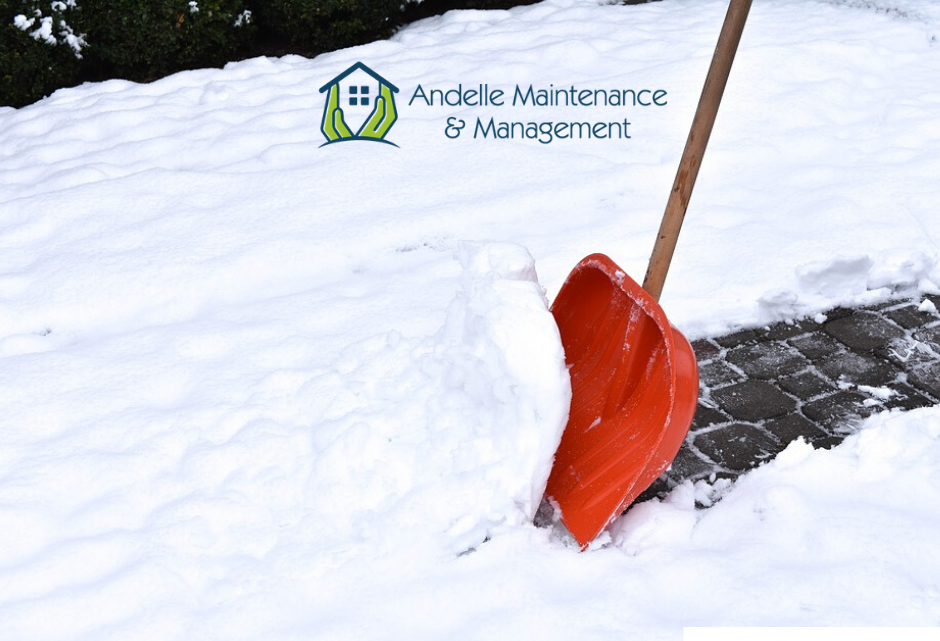Snow removal is perhaps the most intense and time-consuming chore of the winter season. If you’re expecting snow, you may want to read on.
1.Start Early
When it comes to snow removal, one of the worst things you can do is to wait until it stops snowing. Instead, set a schedule to lightly shovel every one to two hours, depending on how long the snowfall is supposed to last. It will save you a lot of hassle in the end. Do your best to fight the urge to wait and shovel as often as you can. If there is snow in the forecast, set your alarm early to give you both time for snow removal and additional time for safe driving.
2. Buy the Right Shovel
When it comes to tools – never buy a cheap tool just because you don’t have to use it daily. Proper tools can make or break the job – the same goes for snow shovels! We recommend you buy a good quality shovel with a medium-sized plastic or aluminum blade with a nonstick finish. While larger shovels may seem logical, the can often cause back and arm stiffness later. S-shaped shovels are good for removing heavy snowfall and C-shaped shovels are better for pushing and removing light, fluffy snow.
3. Know Your Salt
Salt and de-icing products can certainly be your best friend when you plan to remove snow and ice, but they should be used with caution since they can potentially damage surrounding surfaces. It is best that you know which product you are using and how it will affect the area you are cleaning.
1. Sodium chloride (also known as rock salt) is the most common de-icing salt. Rock salt releases the highest amount of chloride when it dissolves and can damage concrete and metal. It also can pollute streams, rivers, and lakes. It should be avoided.
2. Calcium chloride is another de-icing salt. It comes in the form of rounded white pellets. It can cause skin irritation if your hands are moist when handling it. Concentrations of calcium chloride can chemically attack concrete.
3. Potassium chloride is not a skin irritant and does not harm vegetation. It only melts ice when the air temperature is above -9⁰ C. but when combined with other chemicals it can melt ice at lower temperatures.
4. Magnesium chloride is the newest de-icing salt. It continues to melt snow and ice until the temperature reaches -25⁰ C. This salt releases 40% less chloride into the environment than either rock salt or calcium chloride.
4. Dress Properly and Warm-Up
When you are in a hurry, it may be tempting to just run out and shovel the front walk in what you’re wearing, but in fact, it’s not safe to do so. Always dress in layers, so you can remove clothing if you become too hot. Wear warm socks, a head covering, a scarf, and mittens or gloves. Wear waterproof boots with soles that are slip-resistant. Before you begin shoveling the snow, warm up your muscles for approximately ten minutes by doing stretches or other light exercises.
5. Stay Safe or Hire Help
Snow and ice removal can be dangerous. Just last year, over 11,000 injuries related to snow shoveling were recorded across Canada. If you are physically fit enough to do it yourself, please keep the following in mind:
• Alternate your grip between overhand and underhand.
• When lifting the snow, keep the blade close.
• To keep from overworking one side of your body, periodically alternate between shoveling right-handed and left-handed.
• If the snow is deep, don’t try to remove the entire depth at once. Do half at a time.
If you are unable to shovel mountains of snow on your driveway or don’t want to waste time on clean up before going to work, hire professional snow removal services. This can help you to stay safe and focus on more important tasks.


